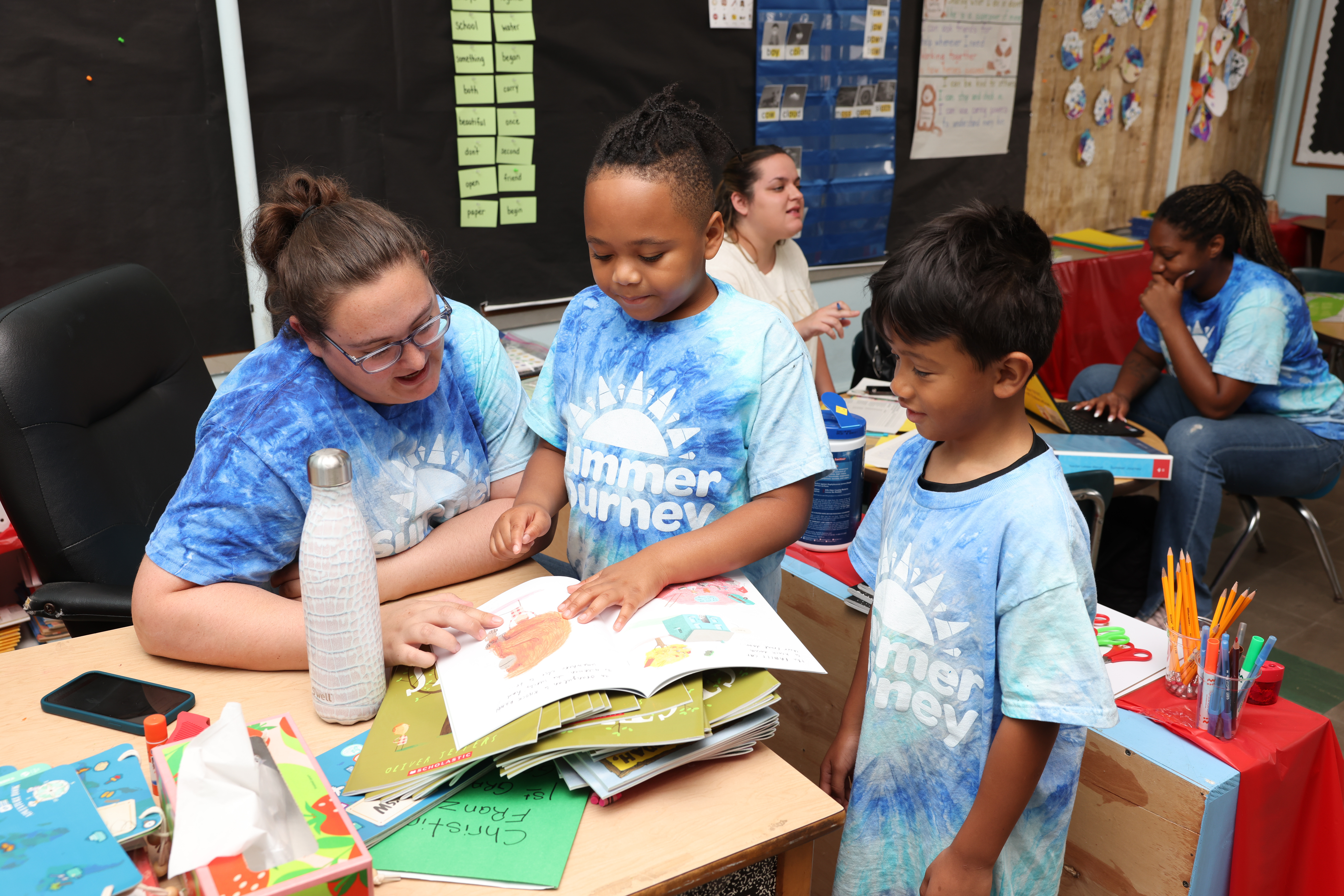Bridging the Academic and Non-Academic Divide

How Supporting the Whole Child Starts with Supporting Teachers
Schools today face a challenge that’s both simple and profound: students can’t learn if they’re not ready to. Academic success depends as much on engagement, safety, and belonging as it does on standards and assessments.
And for teachers, supporting all those layers of student need requires more than just instructional skill. It takes emotional resilience, awareness, and the right professional development.
This article is the fourth in a five-part series exploring how schools are reimagining professional learning and instructional design to better serve educators and students. Read more from The Power of Comprehensive PD series here.
The Interconnected Nature of Student Success
Every educator knows that academic outcomes don’t exist in a vacuum. Students bring their emotions, experiences, and circumstances into every lesson. When those non-academic needs go unmet (whether it’s anxiety, trauma, or lack of connection), achievement suffers.
Professional learning that addresses only instruction misses half the equation. The most effective PD today integrates both sides:
- Instructional excellence, giving teachers tools to deliver high-quality lessons.
- Whole-child supports, helping teachers recognize and respond to the social, emotional, and behavioral factors that influence learning.
When teachers are equipped for both, schools see growth not just in test scores, but in attendance, participation, and overall school climate.
See how schools are connecting academic and well-being goals.
Teachers at the Center of Whole-Child Learning
Supporting students’ emotional and behavioral needs can’t fall solely on counselors or specialists. Teachers interact with students every day, and they’re often the first to notice when something feels off.
That means PD must go beyond content delivery and classroom management. It should empower teachers to:
- Build authentic relationships rooted in trust and empathy.
- Create psychologically safe learning environments.
- Integrate small moments of reflection, mindfulness, or connection within academic routines.
When teachers feel supported in meeting students’ broader needs, they’re better able to focus on instruction and avoid burnout in the process.
Explore more insights and resources on the whole-child and mental health.
From Parallel Efforts to a Unified System
Too often, academic goals and non-academic initiatives run on separate tracks. One team focuses on instruction; another on mental health; a third on behavior systems. Each is important but when they operate in silos, schools miss opportunities for synergy.
Forward-thinking districts are moving toward integrated frameworks, where PD connects those strands. That might mean:
- Joint sessions where academic and student support teams collaborate.
- Coaching models that include behavioral and emotional strategies.
- Leadership practices that view student well-being as foundational to achievement, not a parallel effort.
This kind of alignment makes initiatives more sustainable.
The Ripple Effect of Teacher Support
When PD helps teachers care for both their students and themselves, the impact spreads. Classrooms feel calmer. Relationships deepen. Students begin to see learning as a place where they belong and that sense of belonging translates into engagement and persistence.
The best part? This isn’t a new initiative or extra program. It’s a mindset shift that recognizes that the well-being of educators and students is inseparable.
The Takeaway
Bridging the academic and non-academic divide isn’t about balancing two separate priorities. It’s about understanding that they’ve always been connected.
When professional development honors the whole educator, both their craft and their capacity to nurture, it creates the conditions for the whole child to succeed.
Next in the Series: Beyond the Test Scores: The Lasting Impact of PD on Student Lives | Previous in the Series: The Leadership Multiplier: Building Principals Who Build Teachers
Read more on this topic in our whitepaper.


